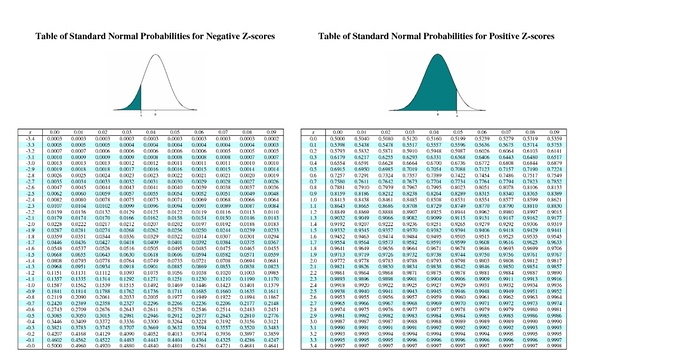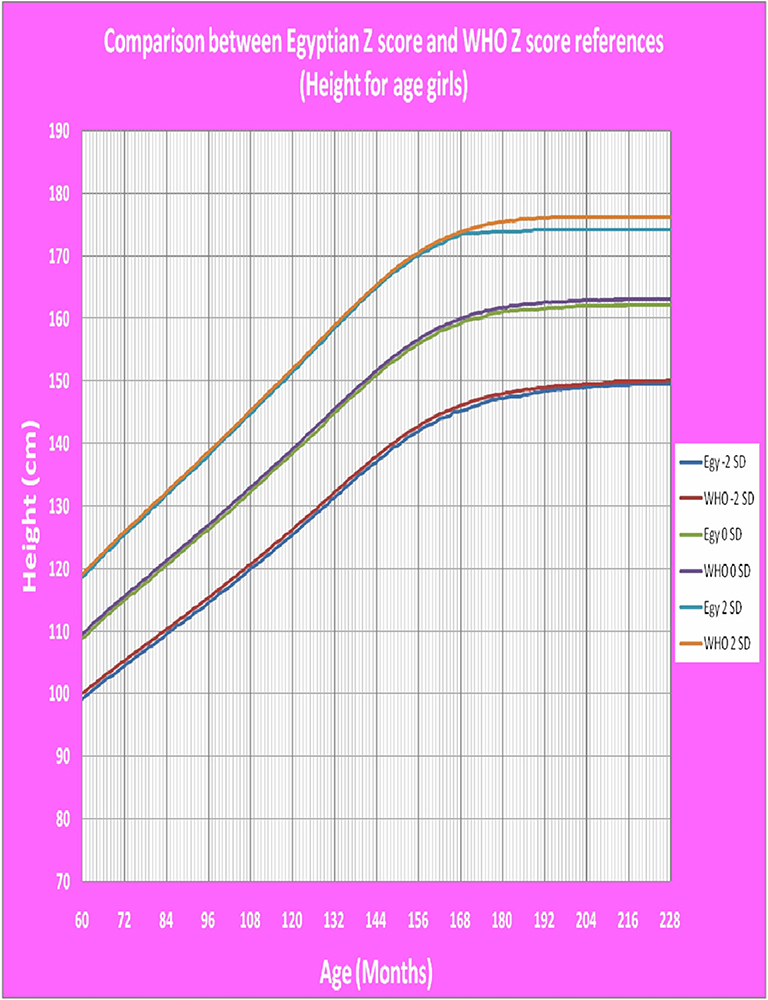
The critical importance of including formal measures of effort in neuropsychological assessments cannot be understated. These data raise concerns about use of the RBANS embedded effort measures in dementia evaluations.ĭementia, Sub-optimal effort, RBANS, Validity indicators, Malingering, Geriatrics ES failure was low (4%) when dementia was due to Alzheimer disease (AD), but high (31%) for non-AD dementias. In contrast, failure on the ES was 14% but differed based on type of dementia. Failure rate on the EI was high (48%) and associated with dementia severity. We explored failure rates on these effort measures in a non-litigating mixed dementia sample ( N = 145).

Archives of Clinical Neuropsychology, 27 (2), 190–195). The repeatable battery for the assessment of neuropsychological status effort scale. Clinical Neuropsychologist, 21 (5), 841–854) and the Effort Scale ( ES Novitski, J., Steele, S., Karantzoulis, S., & Randolph, C. An effort index for the repeatable battery for the assessment of neuropsychological status (RBANS). Journal of Clinical and Experimental Neuropsychology, 20 (3), 310–319): the Effort Index ( EI Silverberg, N. The repeatable battery for the assessment of neuropsychological status (RBANS): Preliminary clinical validity.


Two embedded measures have been developed for the repeatable battery for the assessment of neuropsychological status (RBANS Randolph, C., Tierney, M. The importance of evaluating effort in neuropsychological assessments has been widely acknowledged, but measuring effort in the context of dementia remains challenging due to the impact of dementia severity on effort measure scores.


 0 kommentar(er)
0 kommentar(er)
